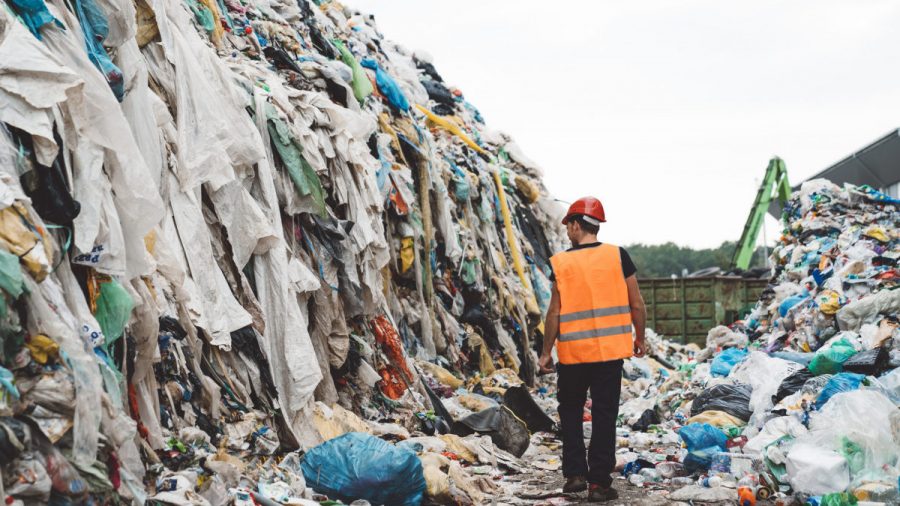How The Fast Fashion Business Is Destroying The Planet
Fashion has a huge impact on society due to the appeal behind expressing oneself, or showing off their creative side, hence making it a growing industry. However, fast fashion has an equally huge impact on our environment, as more than 90 million tons of waste are produced yearly due to fast fashion, constructing a huge dent in the health of our environment.
Fast fashion offers cheaply made clothing designs that are in trend for a short period, then move on quickly while being marketed for high demand at cheap prices. Nearly 20% of water waste and 10% of global carbon emission is released due to fast fashion according to The World Bank. Fast fashion companies do not make their products to last very long–instead, they will solely produce what is in style, and what types of clothing pieces are on trend. Business Insider estimated that consumers will wear it for about a year or two, and then want something new, usually that more closely fits into the ever changing fashion scene. This is the process of which these fast fashion companies will proceed to make the clothing: to last for only a year or so. This system ends up leaving over 80% of waste in landfills, creating vasts amounts of litter that will travel throughout the world’s water sources, and accumulating on beaches and various platforms. Used clothing can be shredded and sold as cleaning supplies, but the rest is garbage, and the proportion has grown rapidly within months. The industry is demanding cheap and fast products, but there is a higher cost–one involving destroying our planet–that comes with it.
Liana Garibay, a senior at Cam High, understands the unfortunate side to fast fashion, as she does not want to partake in it any longer: “Fast fashion is worse than it seems, and produces tons of waste.” In the past, Garibay has bought from retailers such as H&M, Forever 21, and TopShop. “I have participated in fast fashion, but now I try not to.” Knowing how much damage it does to the environment, Garibay tries her best to stay away from brands who produce cheap, yet high demanded clothing products.
Victoria Bates seems to have never been a fan of fast fashion. Bates has never partaken in fast fashion, due to her knowing the consequences. “I do research on brands or shop at places like thrift stores or Goodwill,” said Bates. Thrifting–shopping at chain thrift stores such as Goodwill, Salvation Army, or simply at local stores–is an adequate way to save money, but, it is also a way to save the environment. It reduces waste, and you could find high quality items at low prices.
Kaily Mendez is against spending for fast fashion. Mendez said, “[By] not shopping fast fashion, you are reducing pollution… and even getting uniquely designed clothes because they are not massed produced.” Buying on popular second-hand clothing websites such as Depop or Poshmark can also be a great way to start when wanting to get away from fast fashion. It saves the environment due to the repurposing of clothing, and could be helping out your community.
There is a rapid increase of fast fashion, but there is more to the environment than clothing piles–invest in a good brands and eco-friendly clothing, buy less, and thrift more. There are little things you can do to save our planet, and shopping sustainability is one of the easiest.











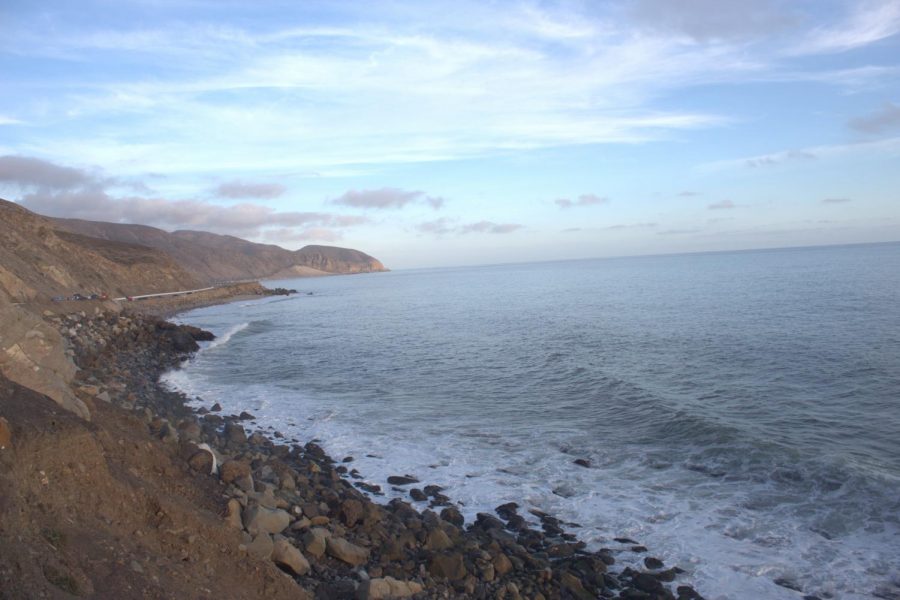


































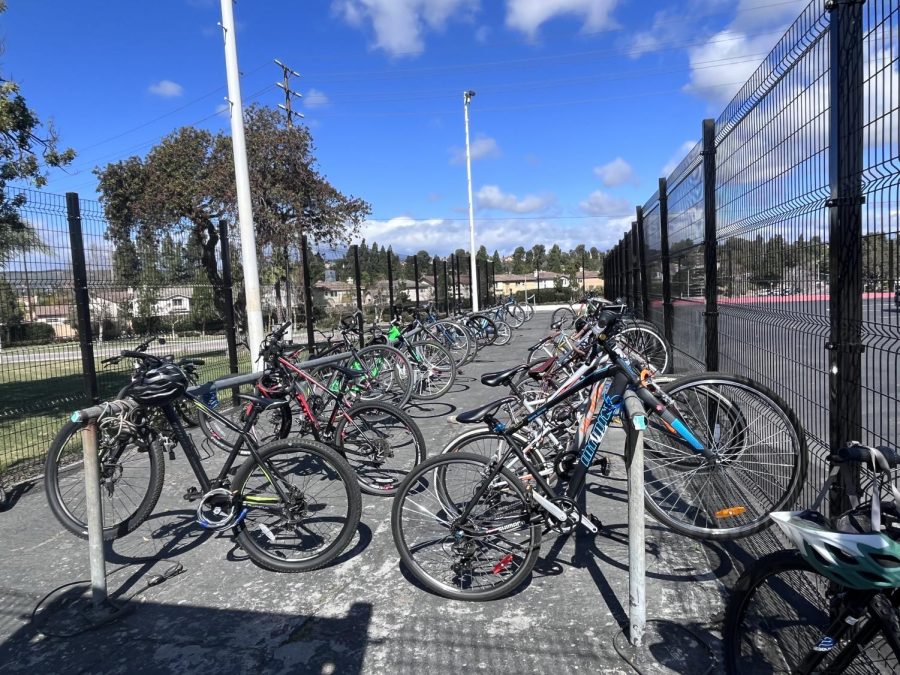


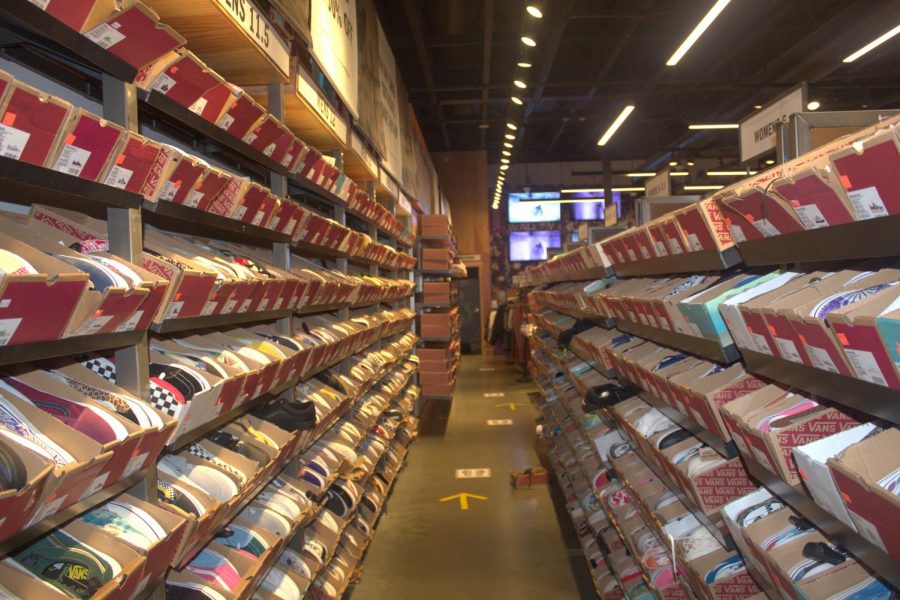
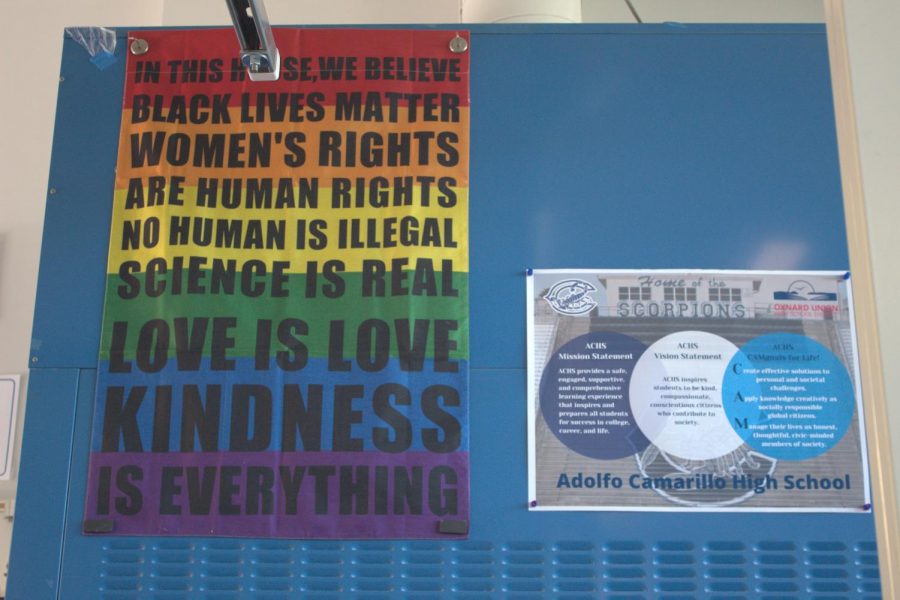
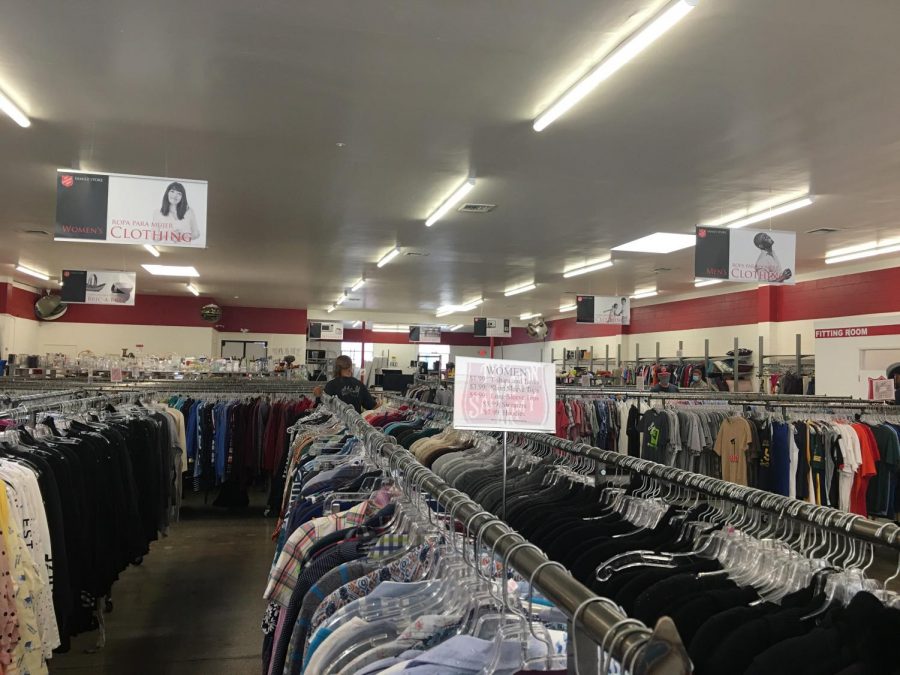






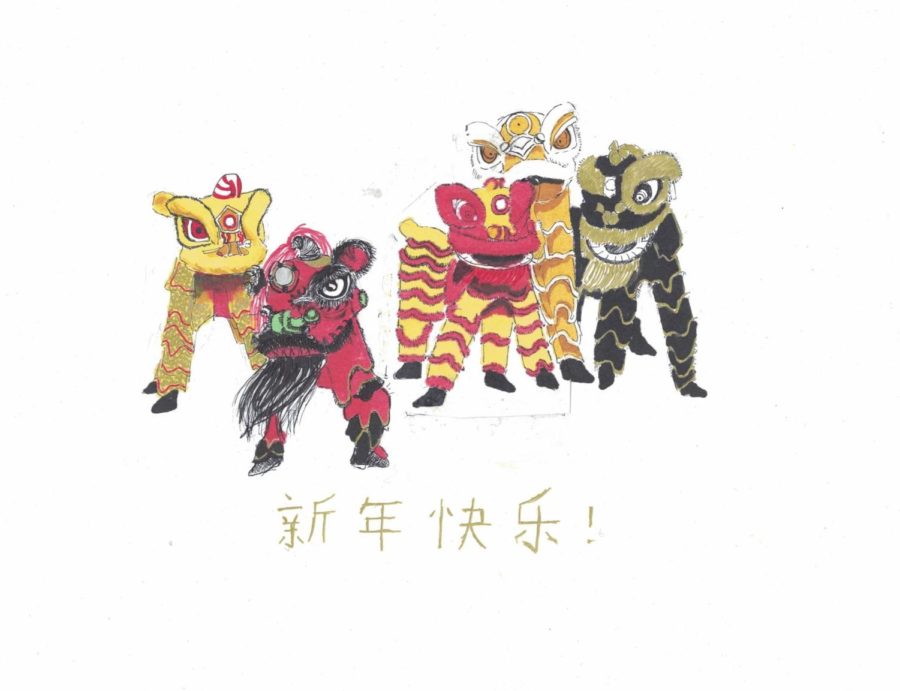






















![Senior Ditch Day... Relaxation or Truancy? [Video]](https://achsstinger.com/wp-content/uploads/2017/10/IMG_7119-900x599.jpg)
![Heavy Rain Hits Cam High [video]](https://achsstinger.com/wp-content/uploads/2017/02/maxresdefault-900x506.jpg)



